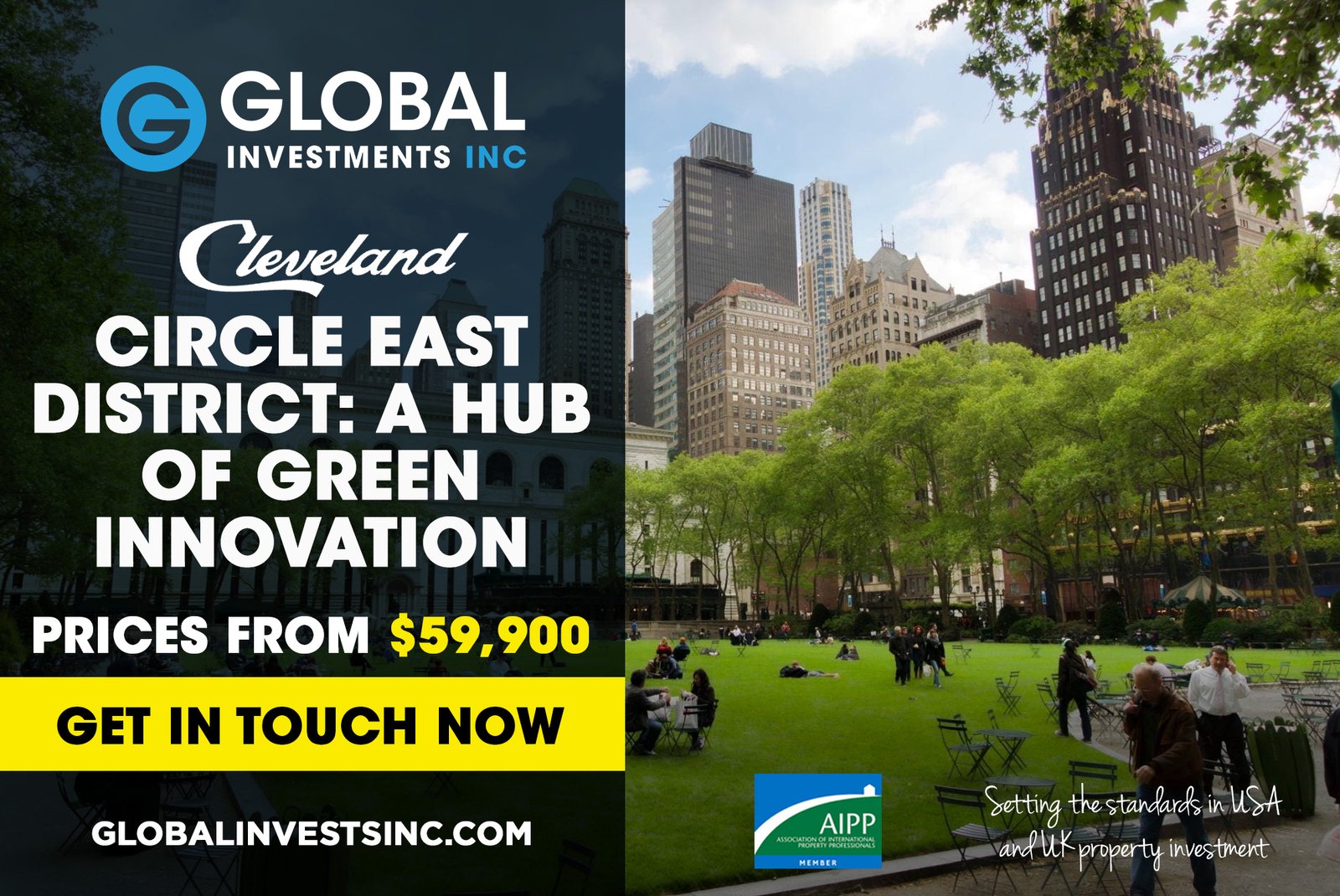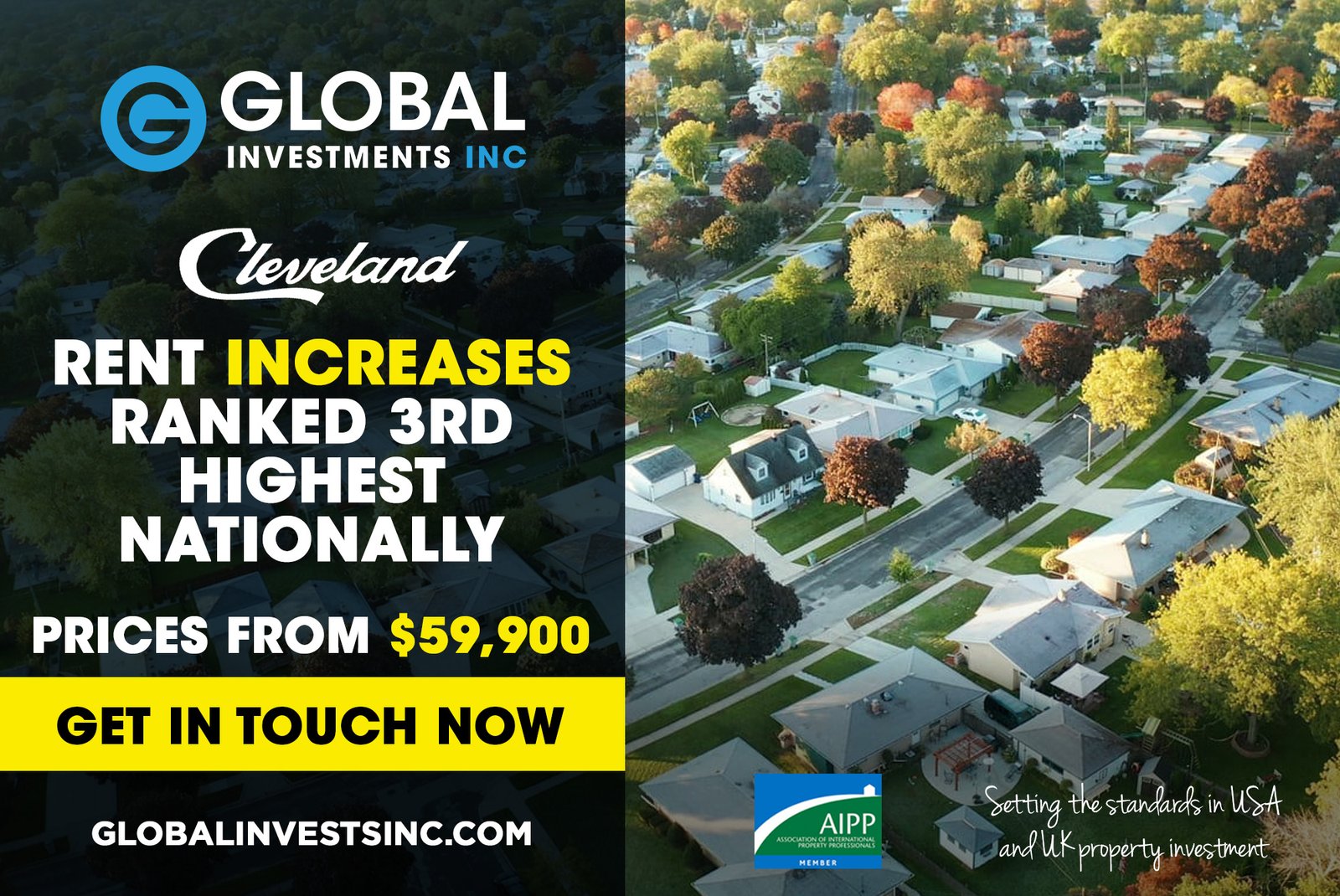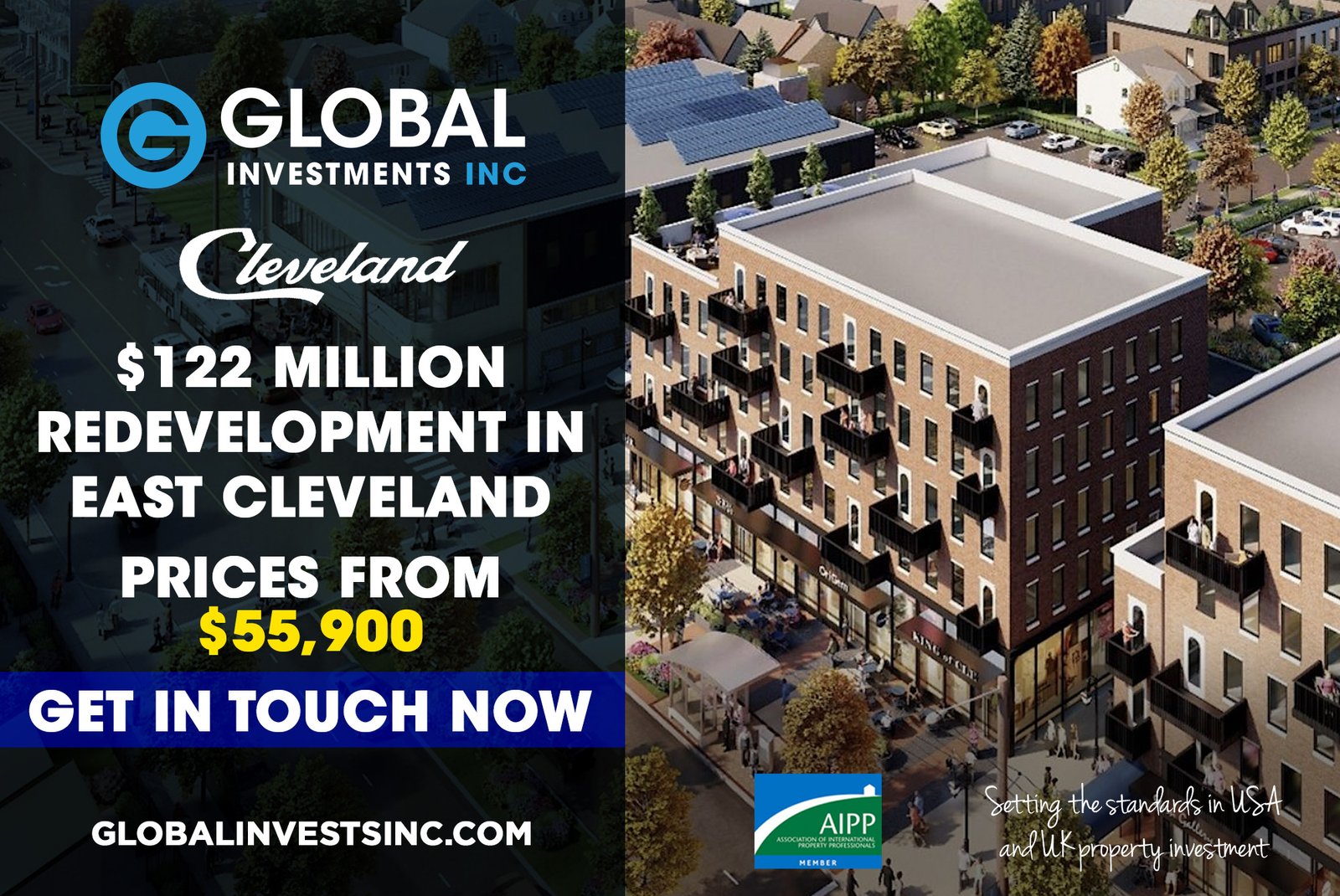
Cleveland’s Circle East District: A Hub of Green Innovation
The Circle East District in Cleveland is rapidly becoming a beacon of sustainability, showcasing a variety of innovative efforts aimed at promoting environmental stewardship and community well-being. As urban areas worldwide grapple with the challenges of climate change and resource management, Circle East is setting an inspiring example of how local initiatives can drive substantial, positive change. Green Spaces and Urban Agriculture One of the most visible transformations in the Circle East District is the expansion of green spaces and urban agriculture projects. Community gardens and urban farms have sprung up, providing residents with access to fresh, locally grown produce. These spaces not only improve food security but also foster a sense of community and provide educational opportunities about sustainable farming practices. The district’s green spaces are carefully designed to support biodiversity. Native plants and trees have been strategically planted to create habitats for local wildlife, helping to restore ecological balance in the urban environment. These green corridors also contribute to improved air quality and provide natural cooling, reducing the urban heat island effect. Renewable Energy Initiatives Circle East is also at the forefront of renewable energy adoption. Solar panels have been installed on numerous buildings, from residential homes to commercial properties. These installations are part of a broader effort to reduce the district’s carbon footprint and reliance on fossil fuels. In addition to solar energy, the district is exploring wind and geothermal energy options, making it a model of diverse renewable energy use. Energy-efficient building designs are another critical component of Circle East’s sustainability strategy. New constructions and retrofitted buildings incorporate advanced insulation, energy-efficient windows, and smart energy management systems. These measures significantly reduce energy consumption and enhance the overall sustainability of the built environment. Water Management and Conservation Effective water management is a cornerstone of Circle East’s sustainability efforts. The district has implemented innovative solutions to manage stormwater and reduce runoff, which is crucial in preventing flooding and protecting water quality. Permeable pavements, green roofs, and rain gardens are just a few examples of the techniques used to capture and filter rainwater naturally. Water conservation programs encourage residents and businesses to reduce water usage. These programs include incentives for installing low-flow fixtures, educational campaigns on water-saving practices, and initiatives to recycle greywater for non-potable uses. By prioritizing water conservation, Circle East is safeguarding this vital resource for future generations. Community Engagement and Education Central to the success of Circle East’s sustainable initiatives is the strong emphasis on community engagement and education. Regular workshops, seminars, and community events are held to raise awareness about sustainability issues and solutions. These educational efforts empower residents to take an active role in the district’s green transformation. Local schools and universities are key partners in these educational initiatives. Students participate in hands-on projects and research that contribute to the district’s sustainability goals, fostering a culture of environmental responsibility among the younger generation. This collaboration between educational institutions and the community ensures that sustainability remains a priority well into the future. Economic and Social Benefits The sustainable efforts in Circle East are not only environmentally beneficial but also economically and socially advantageous. Green jobs have been created in areas such as renewable energy installation, urban farming, and environmental education. These jobs provide local employment opportunities and support the district’s economic growth. Socially, the emphasis on sustainability has strengthened community bonds. Shared green spaces and community projects bring residents together, fostering a sense of collective ownership and pride. The improved quality of life resulting from cleaner air, better access to fresh food, and enhanced recreational spaces contributes to the overall well-being of the district’s residents. Looking Ahead As Circle East continues to evolve, its commitment to sustainability serves as a powerful example for other urban areas. The district’s comprehensive approach, integrating environmental, economic, and social dimensions, highlights the potential of local initiatives to drive significant progress in the fight against climate change and resource depletion. The journey of Circle East is a testament to the impact of community-driven efforts and innovative thinking. By embracing sustainability, this vibrant district in Cleveland is not only enhancing its own resilience and livability but also inspiring other communities to follow in its footsteps toward a greener, more sustainable future.








